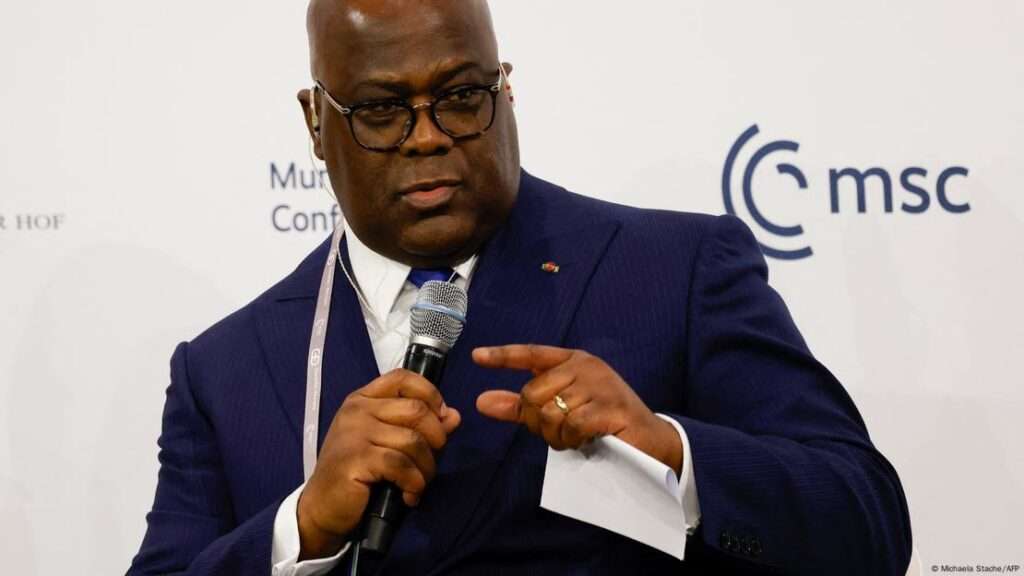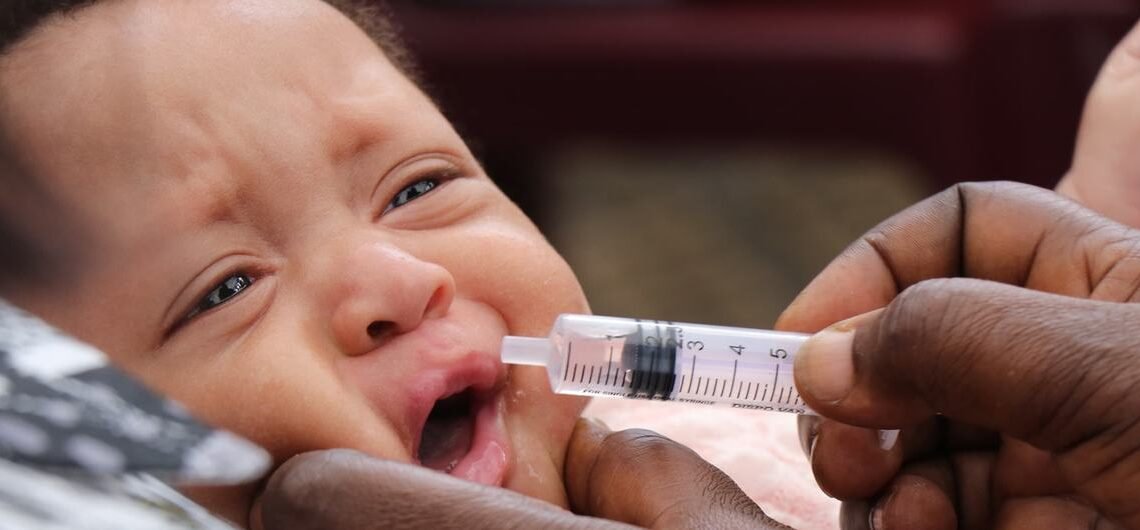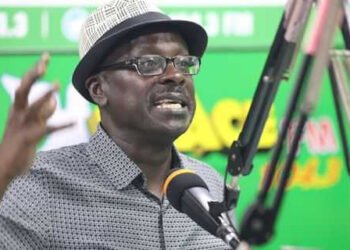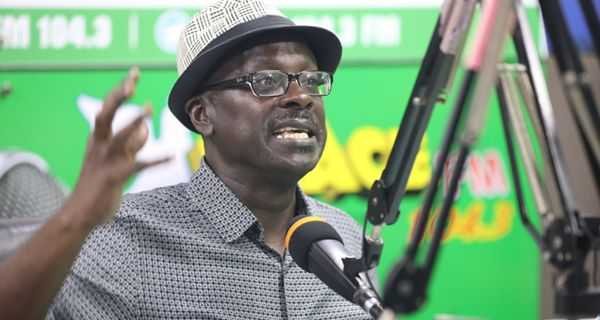The Democratic Republic of the Congo (DRC) has launched an ambitious national campaign to eliminate AIDS among children by the year 2030, a move widely welcomed by the international community. The initiative was announced by President Félix Tshisekedi at a high-level government conference in Lualaba province, signaling a renewed commitment to tackling pediatric HIV infections head-on.
“Our country can no longer tolerate children being born and growing up with HIV, when tools exist to prevent, detect and effectively treat this infection,” President Tshisekedi declared, as he unveiled the Presidential Initiative to End Pediatric AIDS, a five-year national program backed by an initial $18 million allocation from domestic funds.
The initiative prioritizes political will, health system reform, and inclusive care, with a special emphasis on reaching children, adolescents, and expectant mothers. It is also closely aligned with the Sustainable Development Goal 3 (SDG 3), which aims to ensure healthy lives and promote well-being for all at all ages.
Despite significant progress in adult HIV treatment—91 percent of adults living with HIV in the DRC now have access to antiretroviral therapy—children have been largely left behind. According to official data, only 44 percent of children living with HIV currently receive treatment, a figure that has remained static for more than a decade.
Every year, thousands of Congolese children continue to contract HIV, most commonly through mother-to-child transmission, a preventable route if early screening and care are properly implemented. The lack of consistent prenatal testing among pregnant women is a critical gap that continues to impede progress.
“The eradication of paediatric AIDS is a moral imperative, an imperative of social justice and an indicator of dignity,” President Tshisekedi emphasized.

The comprehensive strategy of the initiative is structured around four key pillars: scaling up early detection and treatment for children, adolescents, and pregnant women; preventing new infections in these vulnerable groups; ensuring immediate and systematic access to treatment upon diagnosis; and dismantling structural barriers that prevent young people from accessing health services.
Children Still Lag In Treatment Access
The program has earned the strong endorsement of the Joint United Nations Programme on HIV/AIDS (UNAIDS), which lauded the plan as a model of leadership amid a global decline in health funding.
Susan Kasedde, the UNAIDS Country Director in the DRC, described the announcement as “a breath of fresh air” in a challenging global climate. “At a time when development financing is experiencing turbulence and risk jeopardizing the systems that support the most vulnerable, President Tshisekedi’s leadership initiative is a beacon of hope,” she said.
The timing of the initiative is especially critical. UNAIDS has recently warned of impending shortages in essential HIV supplies, including medications and condoms, due to funding cuts. Key services such as antenatal HIV testing, pediatric antiretroviral treatment, and robust data monitoring have also been hit by shrinking budgets.
With this new push, the DRC positions itself as a continental leader in the effort to eliminate mother-to-child transmission and reduce pediatric infections. However, achieving the initiative’s goals will require sustained political momentum, international support, and community engagement to ensure the most vulnerable children are not left behind.
As the DRC prepares to operationalize this sweeping campaign, the global health community will be watching closely, hoping this step forward becomes a turning point in the long fight against pediatric AIDS in sub-Saharan Africa.
READ ALSO: 12 Arrested In Galamsey Crackdown In Ashanti



















